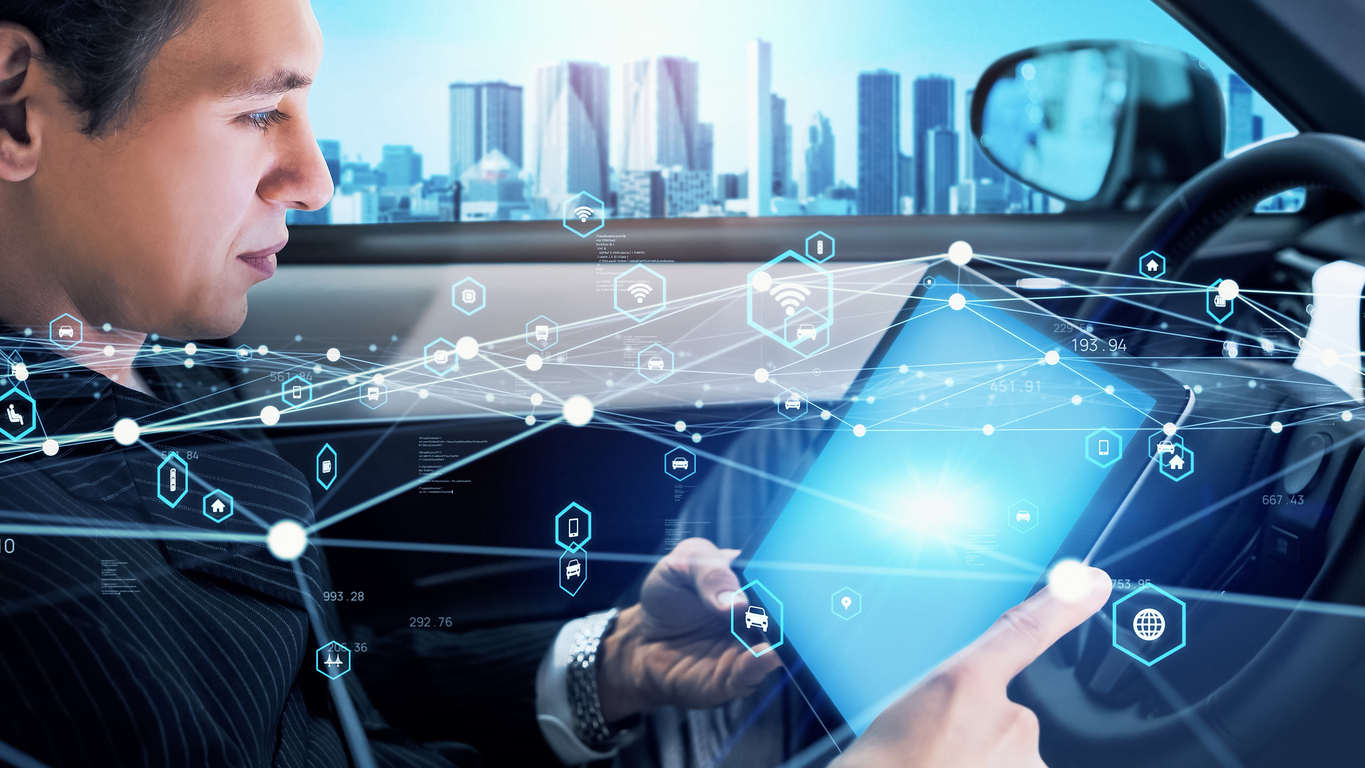Understanding ADAS Calibration Requirements
Navigating the complexities of modern vehicle safety systems.
Posted: July 2, 2024
Author: Owen VanEck

Introduction to ADAS Calibration
Advanced Driver Assistance Systems (ADAS) rely on precise calibration to function correctly. These systems, which include features like lane-keeping assistance, adaptive cruise control, and automatic emergency braking, use a network of sensors and cameras to monitor the vehicle's surroundings and assist the driver. Accurate calibration ensures that these sensors and cameras provide reliable data, which is critical for the safety and effectiveness of ADAS features.
Why Calibration is Important
Calibration is essential for several reasons:
- Safety: Properly calibrated ADAS systems help prevent accidents by accurately detecting and responding to potential hazards.
- Performance: Ensures that all ADAS features operate as intended, providing the driver with accurate information and assistance.
- Compliance: Meeting OEM specifications and regulatory standards is crucial for vehicle safety and warranty compliance.
When Calibration is Required
ADAS calibration is required in several situations, including:
- After Replacing Windshields: Many ADAS sensors are mounted on or near the windshield. Replacing the windshield can affect the alignment and calibration of these sensors.
- After Collision Repairs: Any repair work that involves replacing or realigning ADAS components, such as cameras and radar sensors, requires calibration.
- Following Wheel Alignment: Proper wheel alignment is essential for the accurate functioning of ADAS features like lane-keeping assistance.
- Suspension Changes: Alterations to the vehicle’s suspension system can impact the calibration of ADAS sensors.
- Battery Disconnection: Disconnecting the vehicle’s battery can sometimes reset the ADAS system, necessitating recalibration.
Types of ADAS Calibration
There are two main types of ADAS calibration:
- Static Calibration: Performed in a controlled environment, typically in a workshop. The vehicle is stationary, and targets or patterns are placed in specific positions around the vehicle to calibrate the sensors.
- Dynamic Calibration: Requires the vehicle to be driven on the road. The system uses real-world data to adjust and fine-tune the calibration of the sensors.
Calibration Tools and Equipment
Accurate calibration requires specialized tools and equipment:
- Calibration Targets: Used in static calibration, these targets are placed in predetermined positions around the vehicle.
- Diagnostic Scanners: Connect to the vehicle’s onboard computer to initiate the calibration process and verify the results.
- Alignment Rigs: Ensure that the vehicle is perfectly level and aligned during the calibration process.
- Calibration Software: OEM-specific software is often required to perform calibration and ensure compliance with manufacturer specifications.
Best Practices for ADAS Calibration
Following best practices ensures accurate and reliable calibration:
- Follow OEM Guidelines: Always adhere to the manufacturer’s specifications and guidelines for calibration.
- Use Proper Equipment: Ensure that all tools and equipment are in good working condition and suitable for the specific ADAS system being calibrated.
- Verify Calibration: After calibration, perform a test drive or use diagnostic tools to verify that the ADAS features are functioning correctly.
- Document the Process: Keep detailed records of the calibration process, including the equipment used, settings, and results.
- Regular Training: Ensure that technicians receive ongoing training to stay updated with the latest ADAS technologies and calibration techniques.
Challenges in ADAS Calibration
Calibration can be challenging due to:
- Complexity: ADAS systems involve numerous sensors and cameras, making the calibration process complex and time-consuming.
- Environmental Factors: Conditions such as lighting, temperature, and space constraints can affect calibration accuracy.
- Technology Variations: Different OEMs have varying calibration requirements and procedures, necessitating specialized knowledge and equipment.
The Future of ADAS Calibration
As ADAS technology evolves, so will the calibration processes:
- Advanced Tools: Emerging technologies like artificial intelligence and machine learning will enhance calibration accuracy and efficiency.
- Standardization: Efforts are being made to standardize calibration procedures across different OEMs and ADAS systems.
- Remote Calibration: Future advancements may enable remote calibration, reducing the need for in-person visits to workshops.
- Continuous Monitoring: Real-time monitoring and self-calibration capabilities will improve the reliability and performance of ADAS systems.
Conclusion
Accurate ADAS calibration is essential for vehicle safety and performance. By understanding the requirements and best practices, repair shops can ensure that ADAS features function correctly and provide the intended safety benefits. Staying updated with the latest technologies and techniques will be crucial as ADAS continues to evolve and become more integrated into modern vehicles.